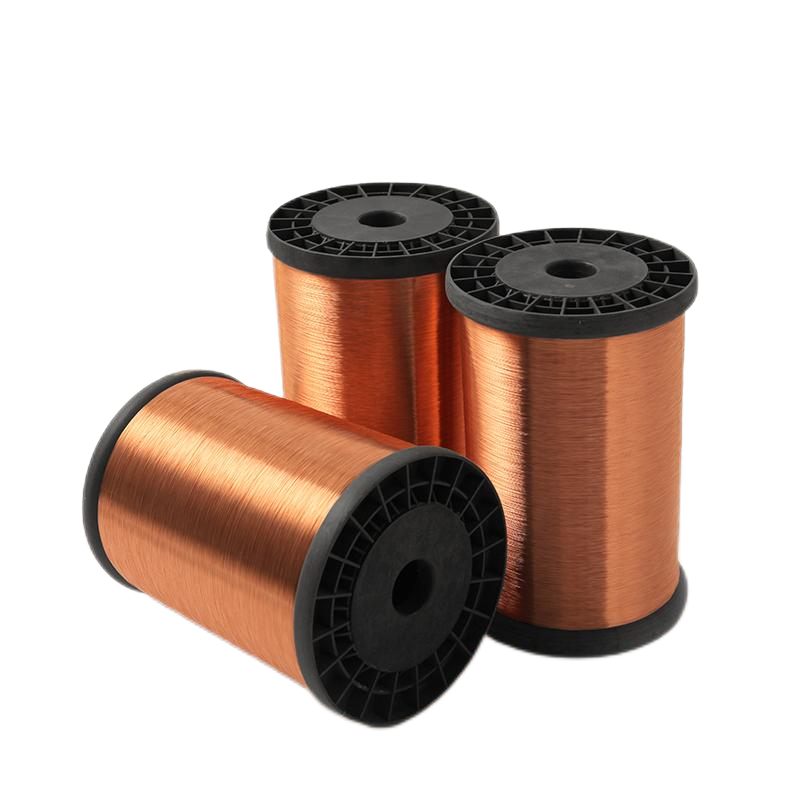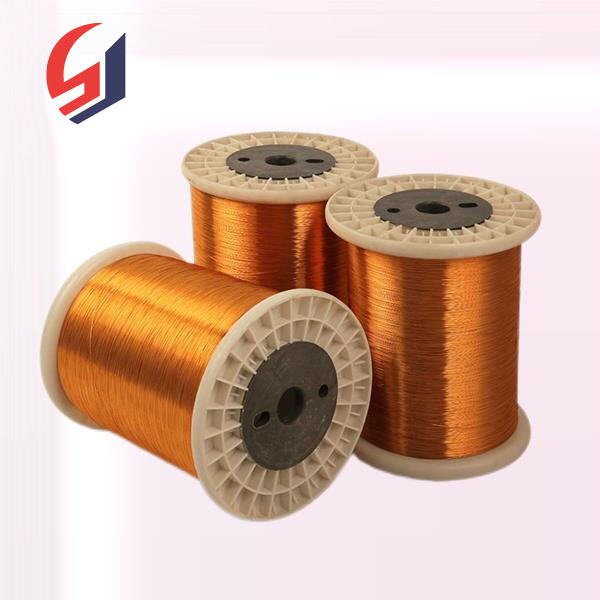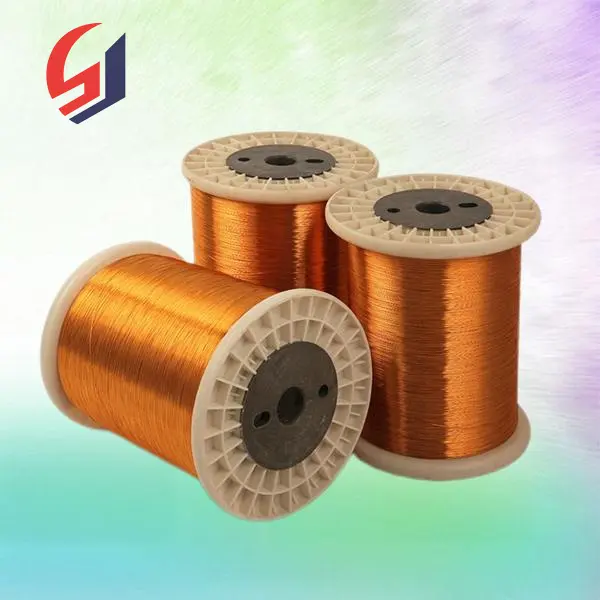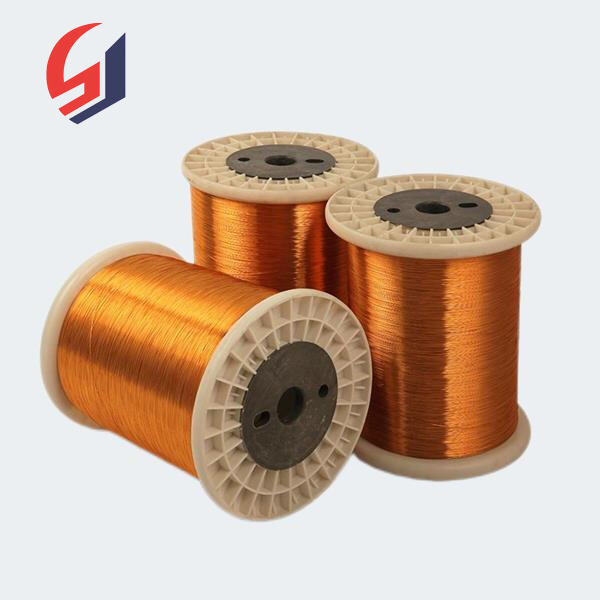CCA znamená měděně oponovaná hliníková, což znamená, že jádro drátu je z hliníku (který je méně účinný), zatímco vnější vrstva je z mědi. CCA má některé dobré vlastnosti, ale tato kombinace není rovna pevnému mědění. Pevné mědo, jak naznačuje jeho název, je 100% měď bez jakýchkoli přídavek. I když oba, CCA i pevná měď, dobře provádějí elektrický proud, musíte být vědomi některých klíčových rozdílů.
Jednou z výhod CCA (Kompozitní cívková architektura) je nižší cena ve srovnání s čistým mědí. Důsledkem toho jsou levnější výroba i nákup CCA kabelů, protože obsahují méně mědi. To znamená, že je to vynikající volba pro projekty se zaměřením na přátelský rozpočet. Navíc váží CCA méně než čisté mědo, takže je snadnější převážet a pracovat s ním než s čistým mědem. Tato lehká vlastnost umožňuje také použití CCA tam, kde je potřeba flexibilní drát (například při protlačování skrz obtížné úhly/místa).

 CS
CS


































